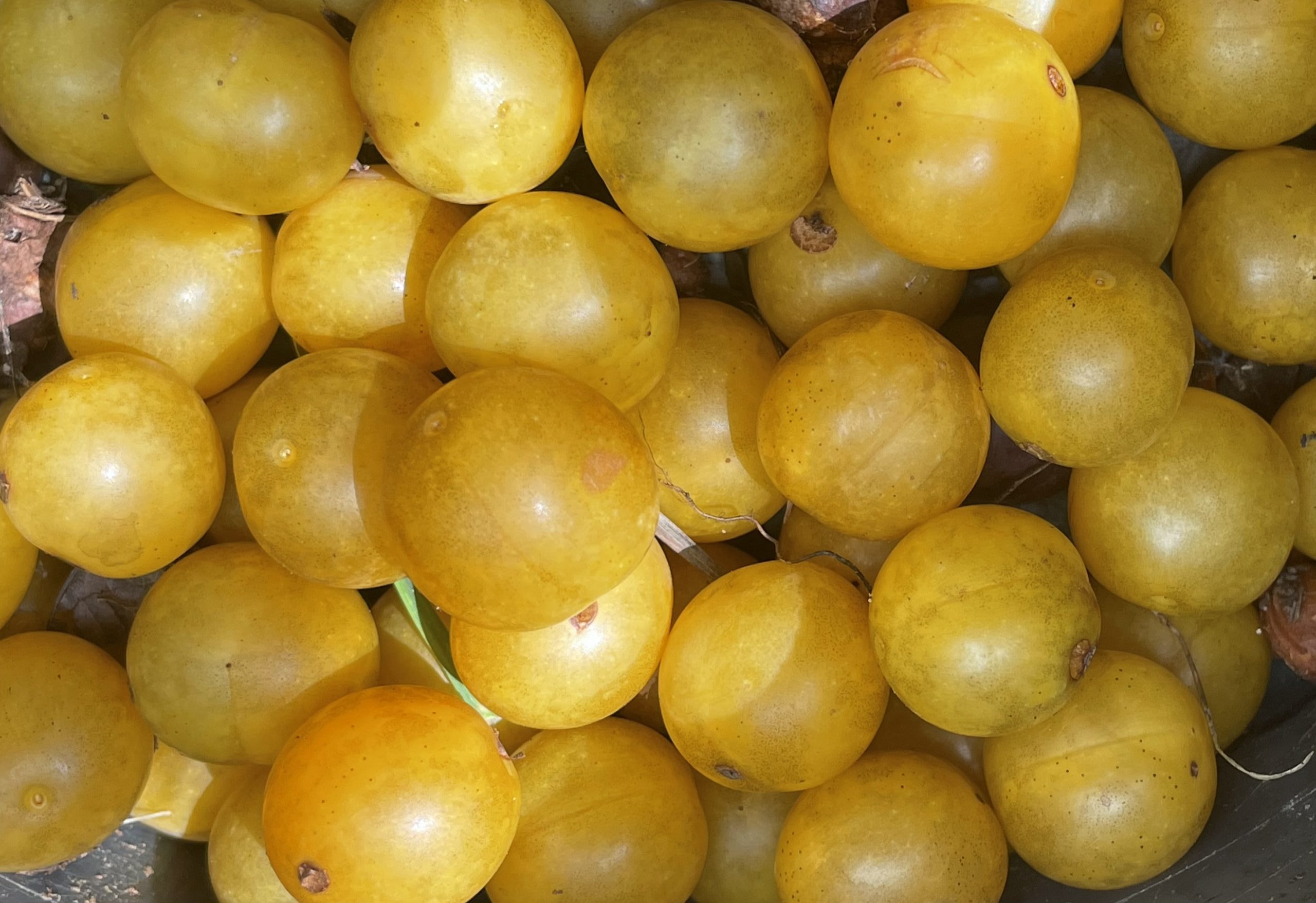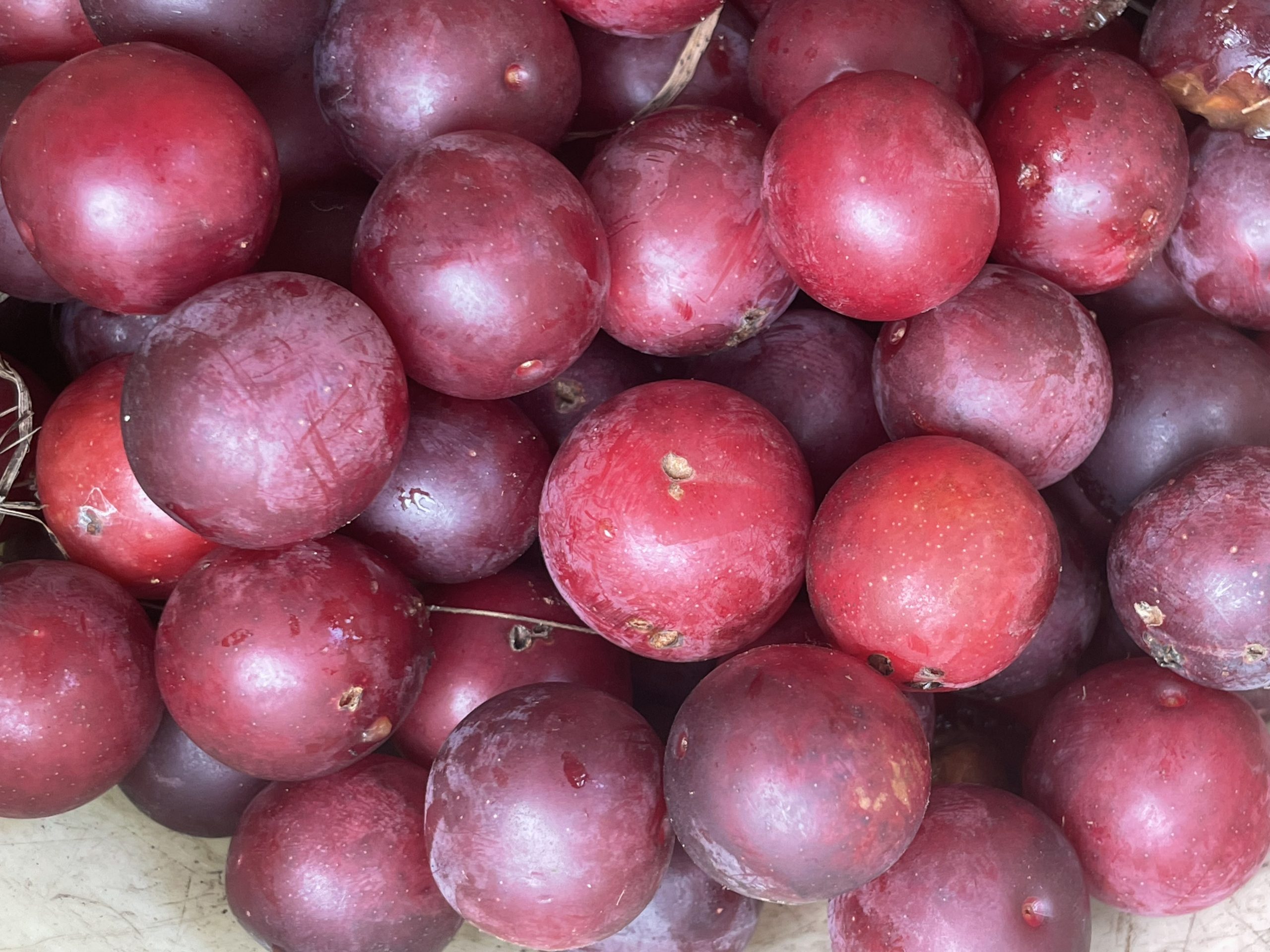Experience-Seeds-Knowledge-Plant Discoveries-Ecological Enrichment-Join Now Click Here!


The Wonderous Beauty of the Mirabelle Plum
It started as a small seed packet. I really had nothing to go on. My Hillier tree manual gave it a subspecies heads up. It said variety syrica. This alpine plum was considered a cultivar species and protected in its homeland of France. Soon I was intrigued at the possibility of growing and using it for conserves, jams and pies. I remember taking them out of the small pots I had propagated them in and put them on a wind swept hillside alongside some of my edible acorn oaks far enough so the shade would not diminish their stature. It appeared the trees stood still in this location as if to say ‘this is not alpine enough’. Eventually much like the hickories I had planted nearby the trees must of put a tap root down and began this thriving stage of their life. Fruiting began after ten years or so. I began to take notice and soon I had an intern help refurbish the trees with gypsum and chicken manure along with a little sod removal to allow better water percolation on this dry hill. What few fruits there were at first, I had eaten fresh and then put into cold dormancy for propagation. Some came up the first year. These were put in my catalog and immediately sold out. As time went on I found myself missing the harvest window as well as seeing the crop disappear due to red squirrels who would eat them prior to ripening. With the help of a Coopers hawk, the population has diminished this year and now I can make my jam after 30 years of waiting. I can also relax in their shade sitting on the ground while eating and picking plums. I hear the wind through the oak trees. I hear the hawk. I play a little bamboo music to enliven the laws of nature, dream of days gone by and the secret life of this wonderous beauty of nature. How many people have come before me doing this same activity and how many people will follow me into the future long after I am gone? And I thought I was just picking plums today.

Seeds are available now. Mirabelle Plum Seeds
Both red and yellow forms of seeds are available. Details in the plant description.
